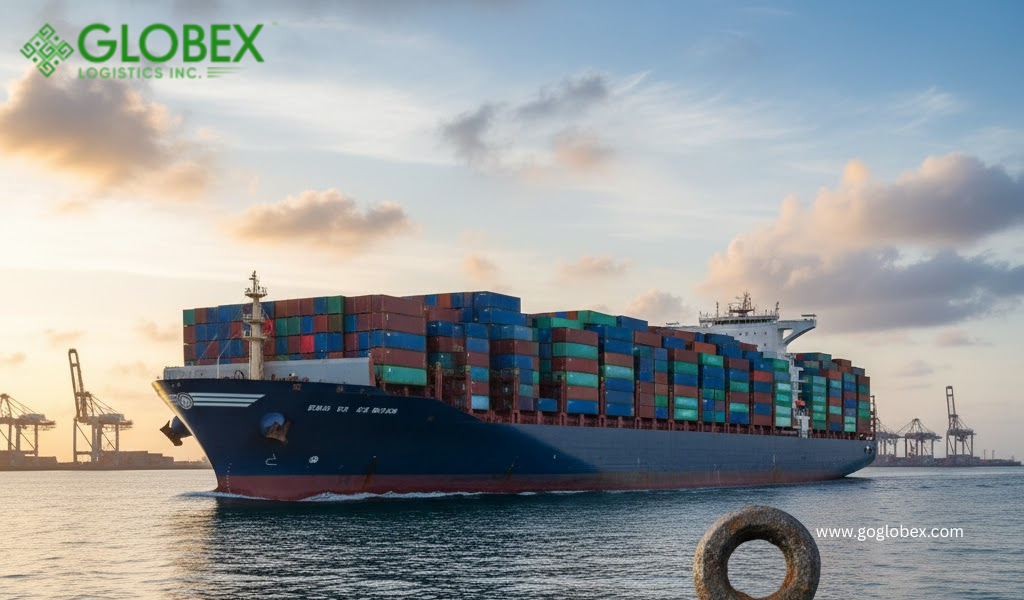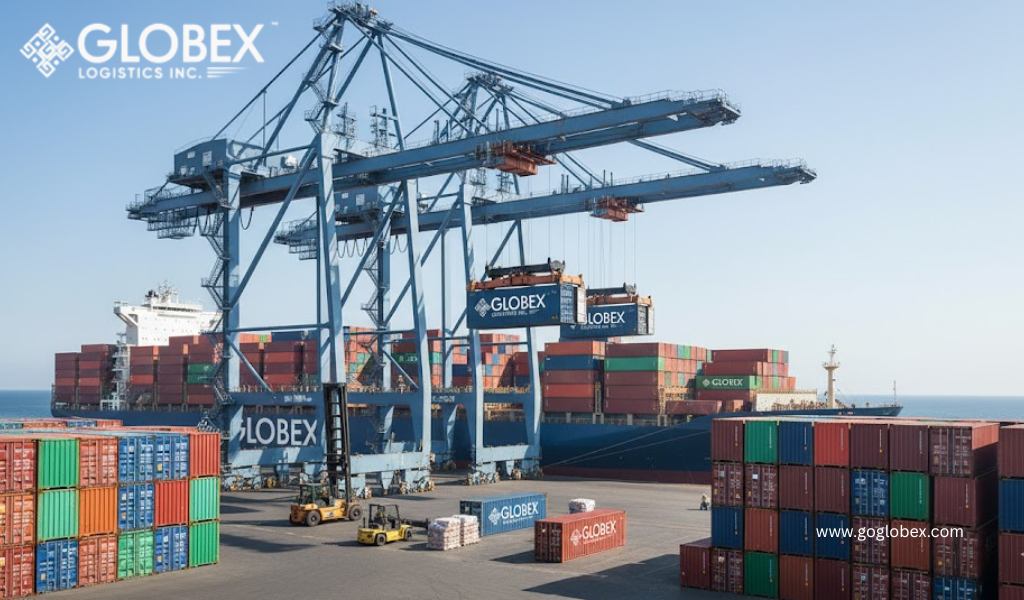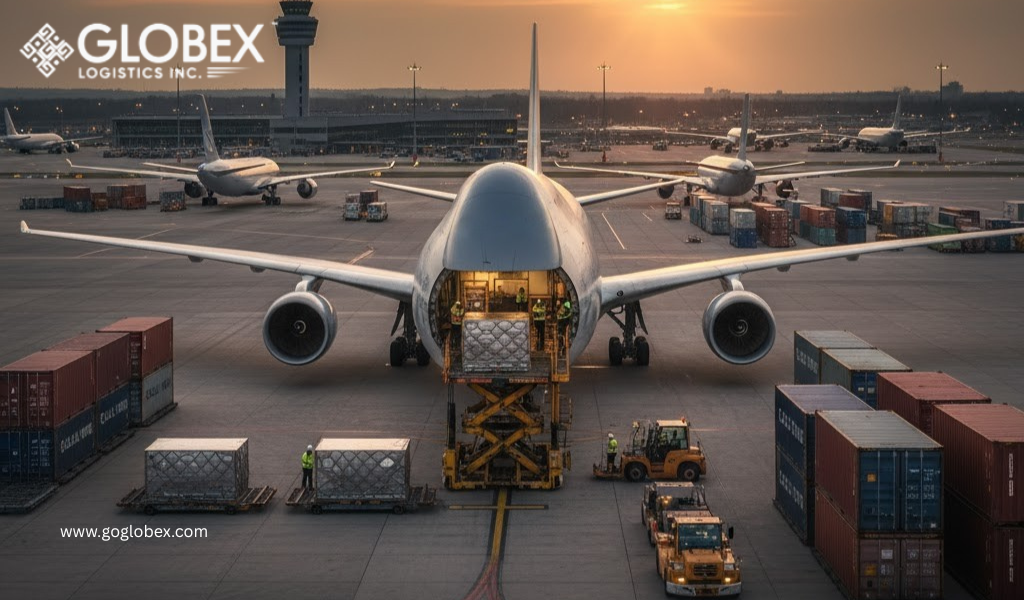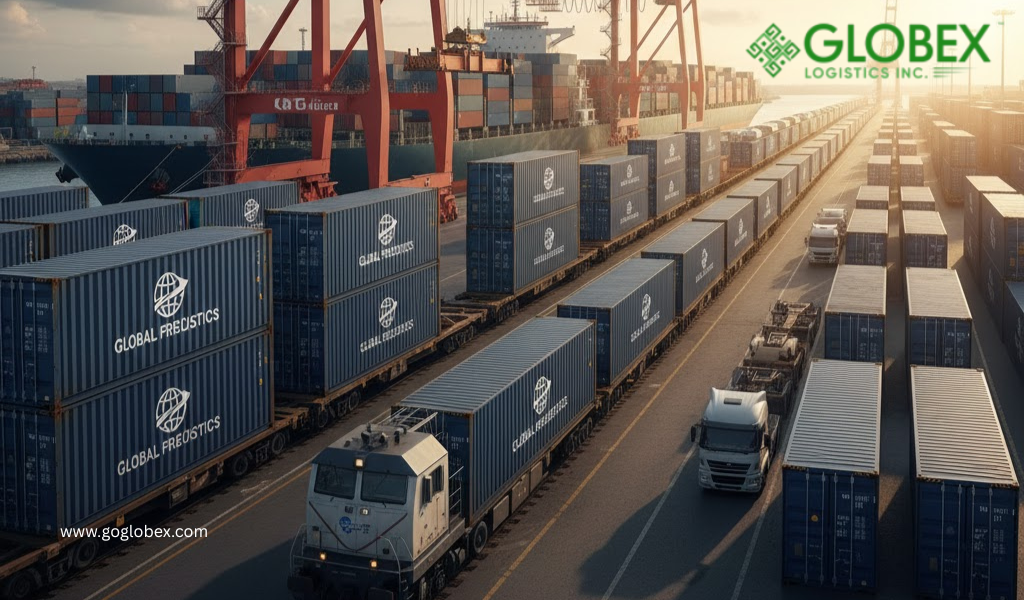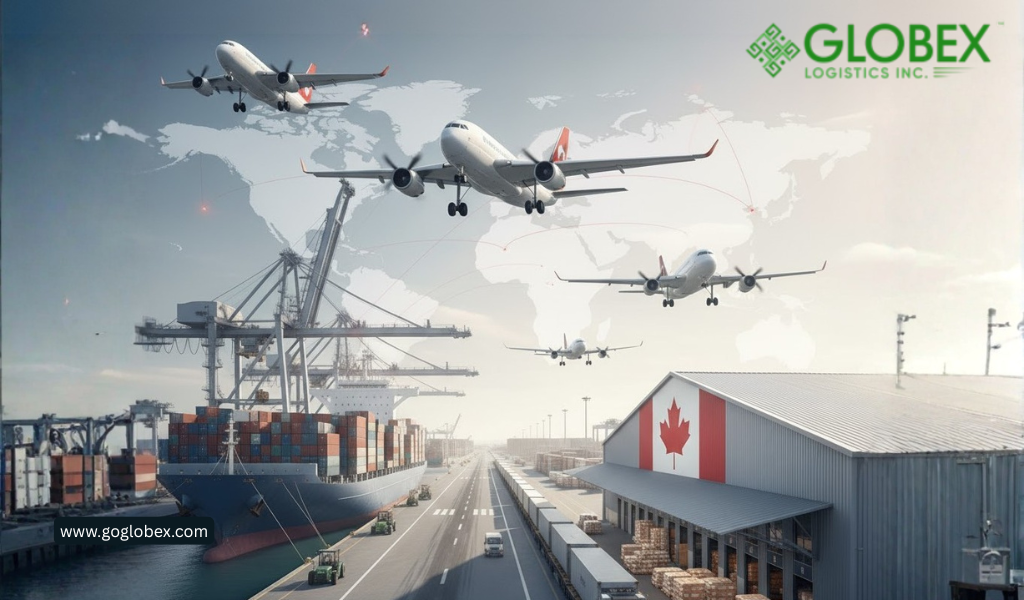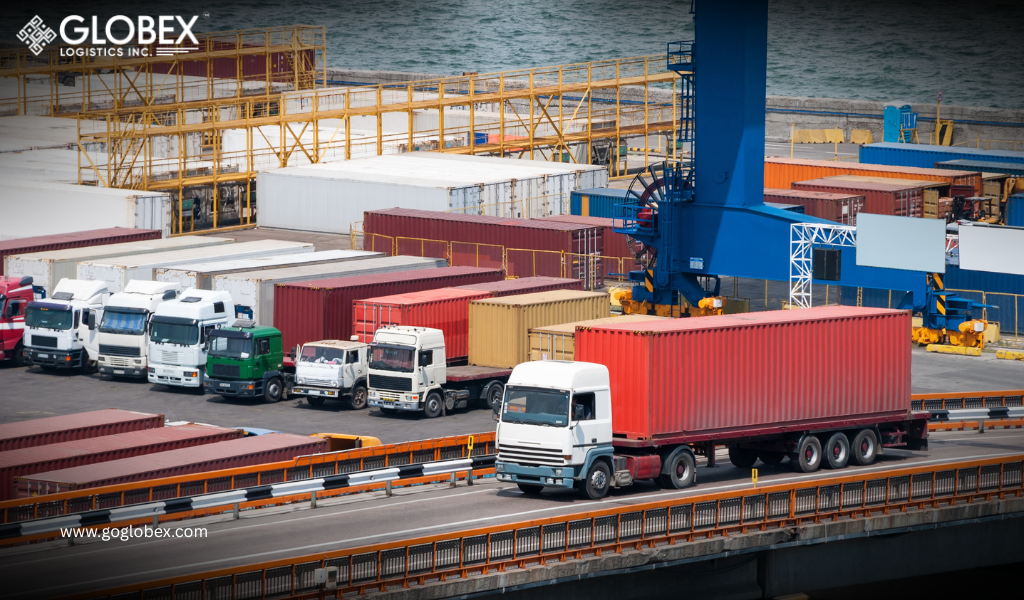
What Are Container Drayage Services & How They Streamline Port to Door Transport?
In the global marketplace, transportation is all-important. At US ports, the goods arrive in shipping containers every day, but moving those containers from a ship to warehousing or distribution centers—or to retail locations—involves specialized services. This is where container drayage comes in.
A quiet workhorse in the supply chain, drayage forges a link between ports and ultimate delivery. The right local drayage carriers help companies to minimize downtime, control expenses, and ensure that their freight makes it to its destination as scheduled in flawless condition.
Without smooth drayage, supply chains face the prospect of port congestion, delayed shipments, and higher costs. For the import and export of goods throughout the US, dependable drayage is a crucial part of ensuring goods move uninterrupted.
Factors influencing drayage rates include:
Short-haul drayage cuts congestion at ports, keeps containers moving instead of sitting idle, and helps ensure goods get into distribution channels fast. It’s a tiny but potent piece of the logistics puzzle.
Also Read: How Container Trucking Services Drive Seamless Freight Movement Across the US?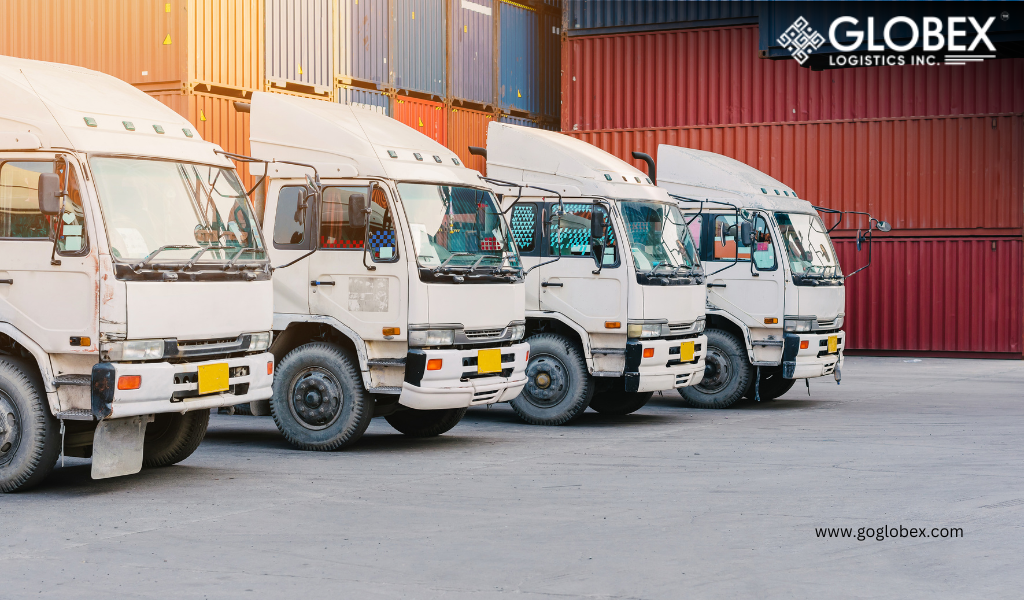
Following container drayage best practices results in a more efficient system overall, faster deliveries, and ultimately higher customer satisfaction. Whether short-haul drayage or through US domestic partnerships, there are benefits to investing in consistent and dependable drayage options for any business interested in keeping up with the fast pace of logistics today.
A quiet workhorse in the supply chain, drayage forges a link between ports and ultimate delivery. The right local drayage carriers help companies to minimize downtime, control expenses, and ensure that their freight makes it to its destination as scheduled in flawless condition.
What Are Container Drayage Services?
Container drayage services are local trips hauling sea freight containers by specialized trucking equipment between ocean ports, rail ramps, warehouses, and customer facilities. Drayage is often part of a more complex intermodal transaction that includes seaport, rail, and road transportation systems to facilitate the delivery of goods from dock to door.Without smooth drayage, supply chains face the prospect of port congestion, delayed shipments, and higher costs. For the import and export of goods throughout the US, dependable drayage is a crucial part of ensuring goods move uninterrupted.
Understanding Port Drayage Cost
The port drayage cost is the largest concern of shippers. These costs vary by:- Port to final place of delivery distance.
- Fuel prices and tolls.
- Port charges and handling of the containers.
- Timing (peak season or after-hours pickupsoften are more expensive).
Comparing Drayage Carrier Rates
Competitive pricing is what every business strives for with regard to their logistics. LTL drayage carrier rates fluctuate by the carrier and location or quality of service. Lower-priced options might be tempting, but it’s crucial to think about cost versus reliability.Factors influencing drayage rates include:
- Container size and weight.
- Specific equipment needs (e.g., trolley, cooling).
- Waiting times at the port.
- Urgency of delivery.
Short Haul Drayage: The Backbone of Local Delivery
Short-haul drayage is the most common form of drayage and refers to moving a container short distances, generally within the same city or region. In one typical example, a container arrives at the Port of Los Angeles and needs to go only five miles or so to get to a warehouse.Short-haul drayage cuts congestion at ports, keeps containers moving instead of sitting idle, and helps ensure goods get into distribution channels fast. It’s a tiny but potent piece of the logistics puzzle.
Also Read: How Container Trucking Services Drive Seamless Freight Movement Across the US?

Why US domestic drayage companies do matter?
Picking local drayage providers US firms can rely on is important when it comes to reliability and compliance. Local providers are familiar with:- Port regulations and security protocols.
- Traffic and local delivery issues.
- Links with port authorities and customs.
Container Drayage Best Practices for Companies
Adopting best practices in container drayage can help businesses to reduce costs, operate more efficiently, and enhance the performance of their supply chain. Some strategies include:- Preplan—Plan container pickups in advance to avoid demurrage charges.
- Leverage technology—Implement visibility and condition monitoring systems for containers.
- Use Reliable Carriers—Team up with carriers that know the local port's procedures.
- Combine—Whenever possible, consolidate shipments to save money.
- Keep Current on Policies—Many ports have rigorous regulatory mandates, and staying updated can prevent fines.
How Container Drayage Services Improve the Efficiency of the Supply Chain?
Whether it is to ease the traffic congestion at port or to guarantee prompt delivery, container drayage services play a role in how successful your business will become. They enable companies to:- Meet customer delivery expectations.
- Reduce supply chain bottlenecks.
- Maintain better control over inventory.
- Avoid incurred charges such as demurrage or detention.
Final Thoughts
When you are an importer or exporter or a logistics company, there is no way around it; Container Drayage Services for port-to-door transportation are the lifeline. Understanding port drayage cost and comparing carrier rates, as well as partnering with reliable local providers, can help companies optimize supply chains and minimize superfluous costs.Following container drayage best practices results in a more efficient system overall, faster deliveries, and ultimately higher customer satisfaction. Whether short-haul drayage or through US domestic partnerships, there are benefits to investing in consistent and dependable drayage options for any business interested in keeping up with the fast pace of logistics today.
FAQs on Container Drayage Services
Q1. What is the average port drayage cost?
Port drayage rates often include container handling, fuel, tolls, port access, and driver labor. Prices vary with distance and level of service.Q2. What the Key Differences with Drayage Carrier Rates between Providers
Rates will vary depending on factors such as distance, container weight, what kind of equipment the customer requires, and how urgently. By comparing drayage carrier rates, businesses can strike a balance between cost and reliability.Q3. Why is short-haul drayage important?
A short-haul drayage helps clear those containers from the ports to warehouses or rail yards in the vicinity, thereby eliminating congestion and speeding up supply chain flows.Recent posts
categories

